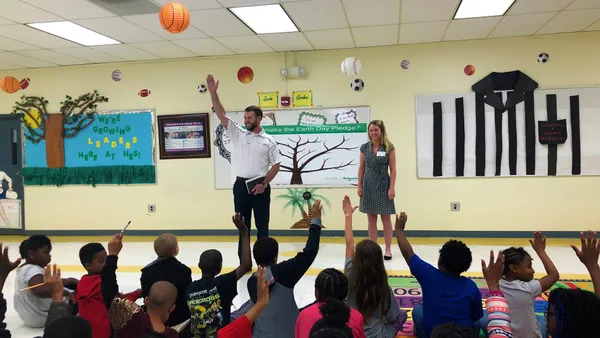Dive Brief:
- More than 10% of immigrant children arriving in U.S. schools have gaps, or interruptions in attending school — a rate higher than previously found, according to a new paper published in the American Educational Research Journal.
- Conducted by Stephanie Potochnick of University of Missouri–Columbia, the analysis of a cohort of almost 16,000 10th-graders from 750 schools also shows that almost two-thirds of students with interrupted schooling enter the U.S. at middle or high school age and are roughly two grade levels behind their peers in the U.S. “These mostly foreign-born teens have a sizeable content/knowledge gap to overcome in a relatively short time period,” Potochnick writes.
- Despite the academic challenges these students face, the research also finds that students who have missed a lot of time in school are no less engaged in school — based on behavioral measures such as absenteeism, skipping class, and getting into trouble — than those who have not experienced interruptions. The same holds true for academic engagement, such as paying attention in class and completing homework.
Dive Insight:
As immigrant children separated from families at the U.S.-Mexico border continue to be reunited with their parents or move out of detention facilities into sponsoring families’ homes, it’s likely that many have experienced disruption in their education. The paper provides school and district leaders with greater insight into the challenges these students — particularly adolescents — face when they enter U.S. schools.
The researcher found that while children with interrupted schooling who arrive during the elementary school years tend to catch up with their peers by 10th grade, they still face challenges graduating from high school. Those who arrive in middle or high school, however, may be motivated to learn and succeed, but they struggle the most in math and are “hindered by a complex web of English language and educational challenges,” according to the paper.
While programs such as newcomer schools, summer bridge programs, and after-school and evening programs are promising, the author writes, more research is needed to develop “effective and cost-efficient solutions” that are also “rigorous and culturally responsive.”








 Dive Awards
Dive Awards





